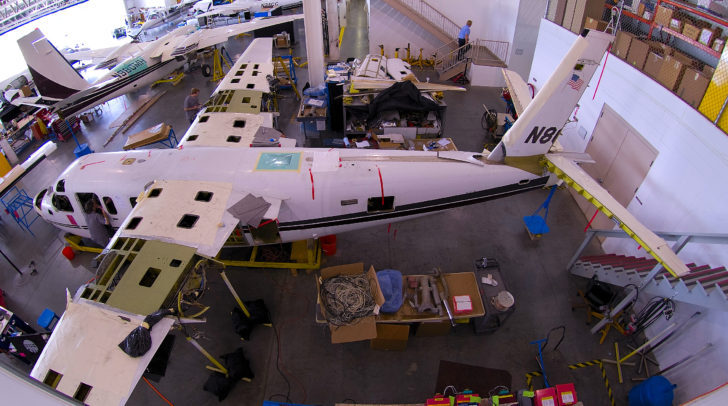By Brian Harbaugh

Do you ever watch someone’s behavior and think why did they do that? The answer is simple. It’s values. Values drive behavior, and at Twin Commander safety is our primary value. My guess is that safety is important to you, too. Aircraft owners and pilots are generally not reckless people. But is it at the top of your list of values as an operator?
When ONTIC acquired Twin Commander Aircraft last year, our teams met and the first order of business was not profits, shipments, controlling costs, or anything else directly related to the bottom line. Our first meetings were about safety. From the first hour it was clear to me and everyone at Twin Commander that safety is still going to be paramount.
This is not just a slogan. ONTIC’s corporate behavior reflects their corporate values. Every Ontic employee goes through 10 hours of SAFESTART training, a program aimed at reducing safety related mishaps. SAFESTART is not unlike hazardous attitude training for pilots. It focuses on major issues with human factors, including complacency, rushing, fatigue, and frustration. Unsurprisingly, most accidents revolve around complacency. I bet that sounds familiar to pilots. I realized while taking this training that it’s very easy to take safety for granted, and that the only way to increase safety is to actively work to improve it.
It made me wonder how aircraft operators are complacent. Obviously there are many flying scenarios where complacency slips in, but I think it goes beyond decisions up there to include decisions we make on the ground.
For example, we may say we prioritize safety, but who maintains the airplane? Is it someone with formal training on Twin Commanders, supported by the factory, and surrounded by other knowledgeable technicians, parts suppliers, and technical data (i.e. authorized Maintenance Manuals)? If you take your aircraft to a Twin Commander Factory Authorized Service Center, the answer is yes. Thanks to hands-on factory training, factory communications, engineering support, and more, we can attest to the level of service offered by one of these excellent independently owned facilities. If the shop isn’t in the network there’s no way to know what their standards and experience are.
The same goes for parts. From nuts and bolts to airframe kits, nearly 100 percent of parts from Twin Commander come with an FAA form 8130. According to the FAA, “The form is used to promote the identification and traceability of products and articles throughout the global aviation system.” That means we know where the part was made, when, by whom, and to what standard. It may also attest that the part meets the original production standard. In other words, it’s the gold standard for parts, and the Twin Commander Factory Authorized Service Centers are the sole source of these important components. You probably buy your appliances, car parts, housing upgrade materials, and furniture from reputable sources with known quality processes. Why wouldn’t you do the same with your airplane?
One tactic of the SAFESTART course is to survey the area or project before beginning in order to identify any possible safety improvements. Operators can practice this with maintenance. Do you trust that your shop has what it takes to safely and expertly do the job? Twin Commander Factory Authorized Service Centers have the right training, tooling, manuals, and expertise to do the work right the first time.
As the source of factory parts, factory authorized training, approved tooling, and the necessary depth of experience, taking your airplane to a Twin Commander Factory Authorized Service Center is the only way to ensure that your airplane’s service, maintenance, and inspections meet the strict values of safety pilots and operators set for themselves. It’s the best way to ensure your airplane retains its value and is as safe as it can be.
